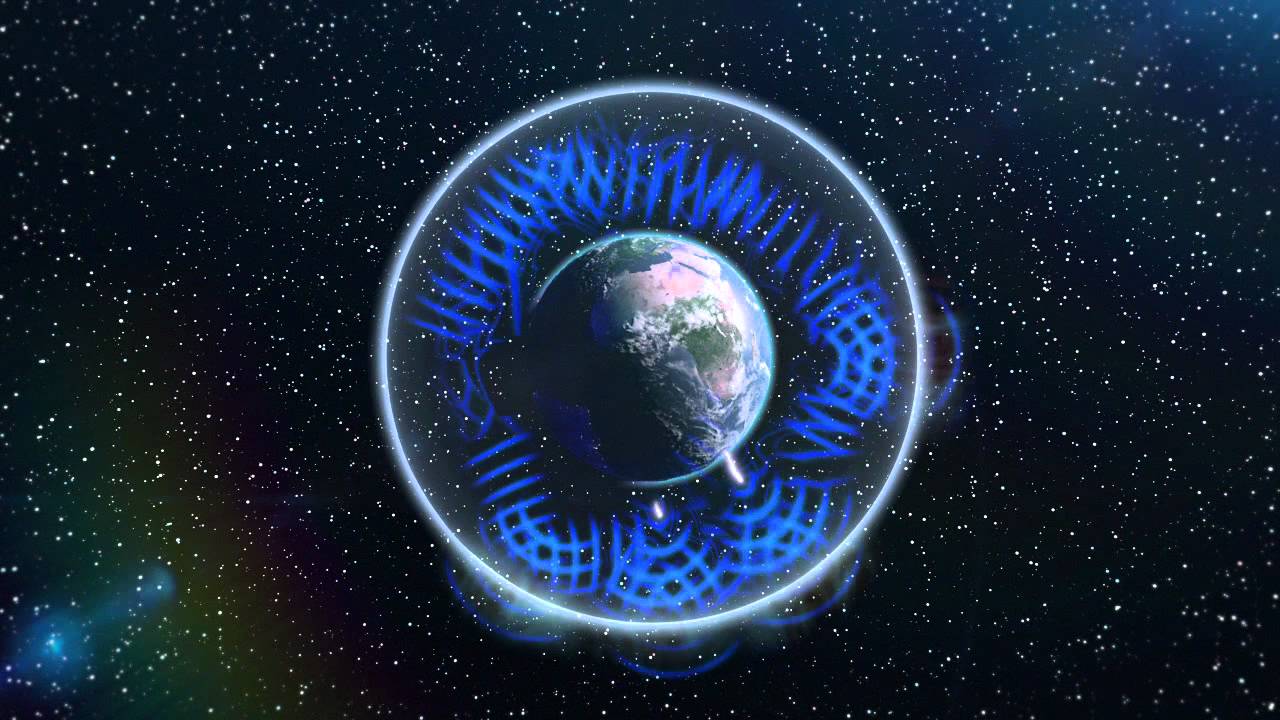The Schumann resonance is a fascinating phenomenon that has garnered significant attention from scientists and researchers alike. It refers to the electromagnetic resonances that occur within the Earth's atmosphere, primarily between the surface of the Earth and the ionosphere. These resonances are not only natural occurrences but also hold vital clues about our planet's health and environmental changes. Today, NASA and other space agencies are keenly monitoring these resonances to better understand their implications on global climate change, weather patterns, and even human health.
In recent years, the Schumann resonance has gained even more prominence as researchers delve into how it interacts with various cosmic events and solar activities. The data collected from NASA's satellites and ground-based stations has provided unique insights into these electromagnetic waves. Understanding the Schumann resonance today allows us to explore the connection between Earth's electromagnetic field and the broader universe.
As we explore this topic, we will answer some pressing questions about the Schumann resonance and its relevance today, especially in relation to NASA's ongoing research. This article will cover the fundamental aspects of Schumann resonance, its significance in scientific research, and how it impacts our understanding of Earth's climate systems and beyond.
What is Schumann Resonance?
Schumann resonance refers to the extremely low frequency (ELF) electromagnetic waves that resonate in the Earth-ionosphere cavity. This phenomenon was first predicted by physicist Winfried Schumann in 1952, and it has since been a subject of extensive study. Below are some key points about Schumann resonance:
- It occurs at a frequency of approximately 7.83 Hz, along with several higher harmonics.
- The resonance is created by lightning strikes and other atmospheric disturbances.
- These electromagnetic waves can traverse great distances, providing insights into global weather patterns.
How Does NASA Study Schumann Resonance Today?
NASA employs a variety of advanced technologies and methodologies to study Schumann resonance. The agency utilizes satellite data, ground-based observatories, and atmospheric models to analyze the resonance's characteristics. Some of the techniques used include:
- Remote sensing technology to monitor atmospheric conditions.
- Data collection from various satellite missions focused on Earth observation.
- Collaboration with universities and research institutions for comprehensive studies.
Why is Schumann Resonance Important for Climate Science?
Understanding the Schumann resonance today has become increasingly crucial for climate science. Here are a few reasons why:
- It helps scientists detect changes in the Earth's electromagnetic field that may correlate with climate change.
- Schumann resonance data can indicate shifts in weather patterns and atmospheric conditions.
- The resonance serves as a tool for monitoring global lightning activity, which has implications for climate models.
What Recent Findings Have Emerged from NASA's Research on Schumann Resonance?
Recent studies conducted by NASA and other agencies have led to intriguing findings regarding Schumann resonance. Some of these findings include:
- A correlation between Schumann resonance frequencies and global temperature changes.
- Increased resonance activity in response to significant solar events.
- Potential impacts on human health due to changes in electromagnetic fields.
Can Schumann Resonance Influence Human Health?
As researchers continue to explore the implications of Schumann resonance, questions arise about its potential influence on human health. Some studies suggest that:
- Changes in Schumann resonance may affect mood and cognitive functions.
- Electromagnetic frequencies could impact sleep patterns and circadian rhythms.
- Further research is needed to establish a definitive link between these frequencies and health outcomes.
How Can We Monitor Schumann Resonance Today?
Monitoring Schumann resonance today can be done through various means, including:
- Utilizing online platforms that provide real-time data from ground stations.
- Engaging with research institutions that specialize in atmospheric science.
- Following NASA's official channels for updates on their findings and advancements in the study of Schumann resonance.
What is the Future of Schumann Resonance Research?
As technology advances, the future of Schumann resonance research looks promising. Scientists are expected to:
- Develop more sophisticated models to predict resonance behavior.
- Conduct interdisciplinary studies that incorporate fields such as physics, meteorology, and health sciences.
- Enhance public understanding of how Schumann resonance impacts our planet and daily lives.
Conclusion: The Significance of Schumann Resonance Today
In conclusion, the Schumann resonance today plays a pivotal role in our understanding of Earth's electromagnetic dynamics and climate systems. Through NASA's ongoing research and collaboration with global scientific communities, we are uncovering valuable insights that could have far-reaching implications for environmental and human health. Continued exploration of this phenomenon will not only deepen our understanding of the Earth but also help us address the pressing challenges posed by climate change and its effects.
Unveiling The Magic Of David Foster’s “All By Myself”
Unleashing The Charm Of Power Puff Jordans: A Sneaker Revolution
Unlocking The World Of Vacs N Videos: A Journey Into The Unseen


